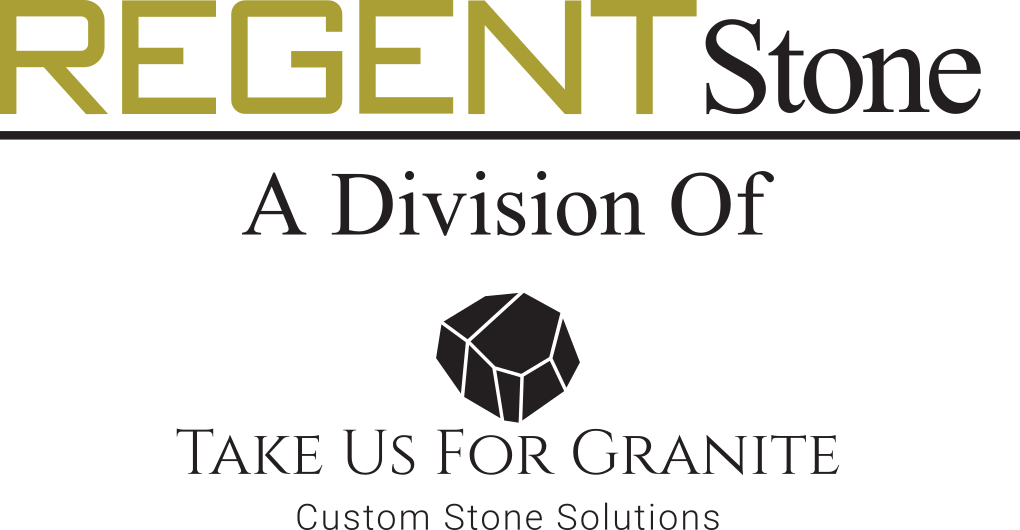Customizing Elegance: Choosing the Perfect Finish for Your Granite Countertop
An important decision when choosing your granite countertop is the type of finish you would like. Some types of granite will come in different finishes other than the standard polished finish. The finish you choose can have several practical implications for your granite countertop. It can change the stone’s reflective complexion, how difficult it is to clean, or how resistant it will be to wear and tear. There are several options that are available when selecting your countertop finish.
Polished
By far the most popular finish for granite countertops today is a polished finish that makes the outer layer of your countertop smooth and shiny. A polished finish enhances the depth of colour and pattern in the stone. This finish is great for kitchen countertops as you can put household objects, like dinnerware or other kitchen essentials on it without damaging the stone. Another benefit of this surface is that it will not be abrasive when it contacts skin.
Honed
A good alternative to polished granite is a honed finish. A honed finish presents a buffed or matte appearance that lacks the high level of reflection of a polished surface. Like the polished finish, honed granite is smooth. It should be noted, however, that fingerprints, grease, and dust are much more visible on a honed surface, so a daily wipe down using a damp cloth and then thoroughly drying the countertop will help get rid of water spots and other visible messes.
Leathered or Brushed
A leathered or brushed finish gives the stone a textured appearance while still retaining its natural colour. This finish still has a partial shine, but, is less glossy than a polished slab. Lighter leathered granites tend to hide fingerprints and smudges and are popular in indoor and outdoor applications. It is important to note that darker leathered granites such as those in the grey and black shades can show more fingerprints and oils from foods.
Flamed
A flamed granite finish is attained when the granite is subjected to intense heat. The high temperatures causes the grains in the stone to burst and change colour. This results in a rougher outer texture and a faded appearance. Typically, flaming granite produces more muted colours in the stone like tan or charcoal.

 visit our new website
visit our new website

